
The 3 Traits of Effective BIM Professionals
- By Tarek Ghazzaoui, Eng. (senior BIM manager)
- on
Overview
Due to today’s competitive markets, firms are more and more interested in increasing effectiveness and productivity in all fields, including the field of Building Information Modeling (BIM). This field is changing fast due to its technical nature and its direct reliance on technology, and at the tip of the spearhead we find BIM professionals. Behaviors, attitudes, interactions, workflows, to name a few, all stem from actual individuals working and interacting together in a common field to achieve a desired result. This is directly linked to effectiveness, which can be defined as “the degree to which something is successful in producing a desired result.” (Source: Google)
I strongly believe that in order for a project, a program, a firm or an industry to be successful, the people involved have to be successful as individuals. Therefore, I will focus in this article on traits of effective BIM professionals, summarized in 3 different categories, and the measures, results and reality of the effectiveness in BIM in the workplace.
So let’s get started!

The present blog article features many great cartoons by Marketoonist, a cartoons series by Tom Fishburne. The cartoons were handpicked for context by Tarek and used in compliance with Tom’s terms on the FAQ page of his website.
Thank you, @marketoonist, for the wonderful (and hilariously smart) cartoons!
Table of contents
Note: Click to go to a specific section.
BIM in the workplace
The field of BIM and all its related topics is very closed intertwined with design, construction and operation practices, and it is not fully understood or appreciated by management usually. We can touch on many topics on BIM in the workplace, but for the purposes of this article, I would like to discuss these following two issues in this section:
1. The ambiguous mix of BIM with technical practice and project management
BIM-related work in a lot of cases cannot be segregated clearly from technical practice (such as architecture, engineering, construction, etc.) or project management (such as quality control, scheduling, costing, etc.) This means that the desired traits in BIM professionals can affect or stem from other fields, such as technical, project management, corporate management, etc. Although this can be advantageous for lateral skills and experience transfer, it makes the definition of the desired BIM-related profile much harder.
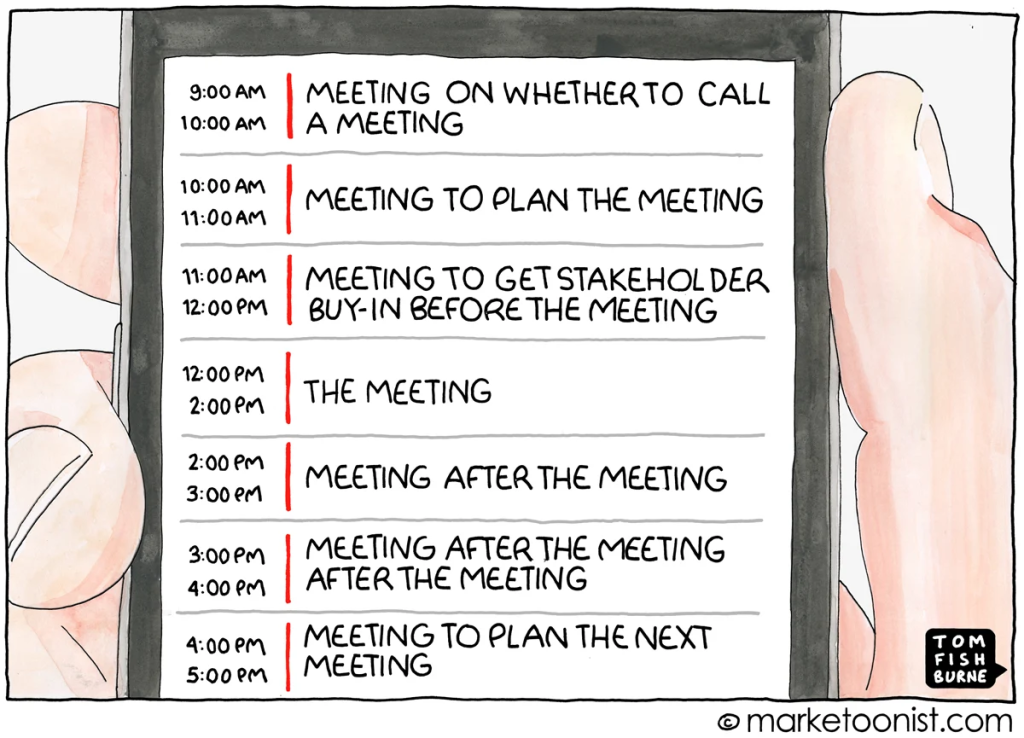
2. The low or lack of appreciation and understanding of BIM by management
BIM-related tasks and practices in my instances are done unofficially in the workplace. That means without timesheet codes, without separate budgets, or without even dedicated teams in some cases. In my humble opinion, this is primarily due to a minimal understanding (or lack thereof) of the field of BIM by management executives, and their low appreciation (or lack thereof) of its impact on the firm.
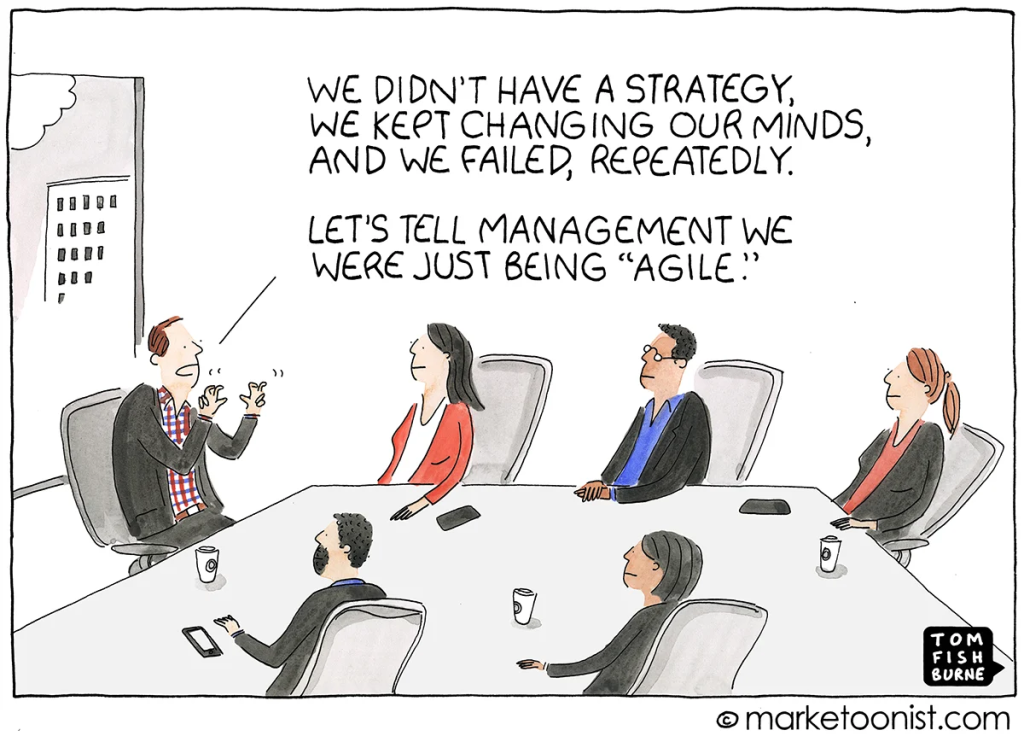
These two factors are essential to understand and keep in mind when discussing effective BIM professionals, as anyone in the field can attest to the need to address them in order to be “effective”. And although many of the traits of effective BIM professionals are directly tied to the professionals themselves, it is worth noting that there are many “environmental factors” (pertaining to the work environment in this case, not the planet’s environment) that influence those same professionals.
The measures of BIM effectiveness
Before we discuss the traits of effective BIM professionals, let’s talk about what “effectiveness” really means. As discussed earlier, effectiveness can be defined as “the degree to which something is successful in producing a desired result.” (Source: Google) In this case, we are talking about someone, not something, and we are seeking the extent to which that professional can get the job done.
So based on what criteria is a BIM professional considered “effective”?
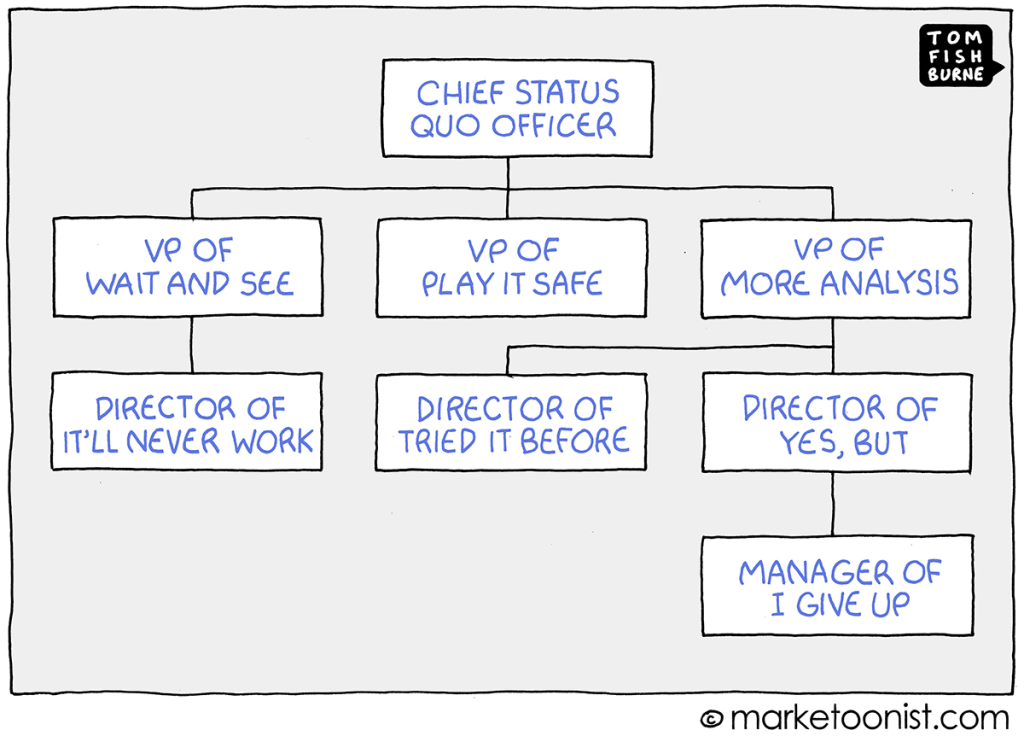
In other words, what are the metrics or KPIs that we need to measure to consider a BIM professional effective? Here’s my point of view:
1. Adoption of BIM mentality
This measure is hard to define, yet easy to spot; it is the measure of BIM professionals’ ability to adopt a mentality that is friendly and allied with BIM, by embracing and promoting its added value, its medium- and long-term benefits, its overall impact (industry, national, global) and its future potential. The idea here is to have professionals that “believe” in BIM and its advantages, even before discussing topics of technical or management nature. This can be assessed by how aligned BIM professionals are with a positive outlook on BIM and its benefits.
2. Adoption of BIM operationally
This measure is very straight forward; it is the measure of BIM professionals’ adoption and use of BIM tools, techniques, processes, standards and workflows. It includes software, scripts, plugins, BIM standards for collaboration, naming conventions, documentation, etc. and BIM processes for coordination, design review, etc. This can be assessed by the extent to which BIM professionals rely on tools, standards and workflows to do their work; the higher the extent, the higher the adoption and BIM effectiveness.
3. Adoption of BIM strategically
This measure is more ambiguous because of the subjectivity of what is considered “strategic”; it is the measure of BIM professionals’ adoption and deployment of BIM frameworks, systems and solutions in a strategic manner. This includes training, standardization, collaboration, coordination, knowledge base, support system, content creation system, etc. This can be assessed by evaluating the reach of BIM adoption (i.e. how many people it affects), the level of compliance, the size of the deployment and support from management.
4. Change management/innovation
This measure is a combination of all previous 3 measures as a function of time; it is the measure of BIM professionals’ ability to change through time, and innovate to remain relevant, up-to-date and competitive. It includes evolving through software updates, workflow updates, standards updates, deployment expansion, optimization, innovation and research & development. This can be assessed by the 3 previous measures assessments at different points in time.
The 4 measures outlined above paint a good picture about a whether a BIM professional is effective or not. These measures will be revisited later in this article as they will tie into the 3 traits of effective BIM professionals.
The results of BIM effectiveness
Being effective in BIM carries many rewards for professionals, projects, firms and markets. The following is a brief list of what can result from effective BIM professionals:
- Productivity
- Efficiency
- Teamwork
- Knowledge maturity (experience)
- Standardization
- Relevance
- Competitivity
- Deliverable quality improvement
The list can go on and be very elaborate, but I’ll limit it to these key results of BIM effectiveness. There is a common theme in all of them, which I would personally summarize in 4 words:
Systematization of success
This is such a broad, deep and important topic that I may elect to write an article about, but in a few words, what this means is building a system which:
- Drives, promotes and harnesses successful individuals and practices from within
- Develops a robust framework within which dwell standards, workflows and processes
- Decentralizes dependency on specific individuals, projects or clients
- Auto-critiques, optimizes and innovates itself
In my opinion, the systematization of success is in the blood of effective BIM professionals.
About effective BIM professionals
It is important to note a few things about BIM professionals in general and the environment within which they work. There are a few things to take into consideration that relate to the traits of effective BIM professionals as discussed in the next sections, which present challenges and opportunities at the same time.
- BIM professionals often work in unofficial workplace settings, where sometimes there is no dedicated BIM department, timesheet codes, official titles / authority, budgets, etc. So they must be diplomatic and understand personal politics well to achieve their goals and complete their work.
- BIM professionals deal with most employees in a firm; they are a “horizontal team”. A horizontal team deals with and affects all or the majority of employees (such as accounting, human resources, IT, legal), while a vertical team deals with specific team members (known also as projectized or silo, such as dedicated project engineer, technician, project manager, etc.) There are advantages and disadvantages to this, but the bottom line is they must be good in dealing with people.
- BIM professionals have to keep evolving and stay with the trends to be relevant. Since there are new updates, technologies and developments in the BIM industry, they should always evolve to stay current. They also have to work with budget, schedule and technological constraints.
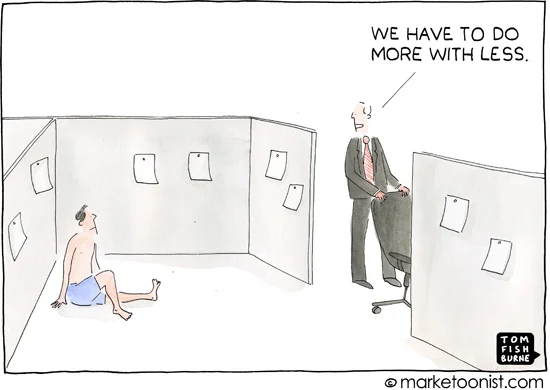
All these factors mentioned above should be addressed by the traits of effective BIM professionals, which are discussed next.
In order for BIM professionals to be effective in BIM, I believe the 3 traits they must have are: tech savviness, interpersonal skills and strategic outlook.
The 3 traits of effective BIM professionals
Trait #1: Tech savviness
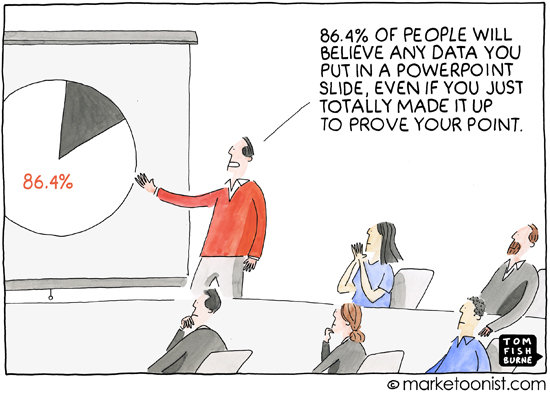
The first trait of effective BIM professionals is having great technical and technological savviness. Although technical and technological mean very different things, I will elaborate on what each implies and refer to both concepts as “tech savviness” going forward.
Technical savviness
In simple terms, technical savviness means being good at what you do. In BIM-terms, this means understanding how things are built, how things work, why they are built that way, what the limitations are, what the possibilities are, etc. A concrete example is the full understanding of the model-based coordination process.
Technological savviness
In simple terms, technological savviness means being good at using technology. In BIM-terms, this means understanding a technology or software’s functionalities, limitations, opportunities, plugins, etc. to their full extent, and leveraging innovation to employ it to one’s needs. A concrete example is the mastery of the use of Autodesk Revit.
So now that we clarified this point, I strongly believe that tech savviness is a core prerequisite for being an effective BIM professional. Said differently, it’s impossible to be an effective BIM professional without being tech savvy. And it is worth noting that this trait is one of the most common in the BIM industry based on my experience, as there is no shortage of technically competent BIM professionals (well, it depends on your market), and there are enough specialists that are extremely skilled in a technical field or at using technology.
IMPORTANT NOTE - The lack of this trait in a BIM professional can be disastrous for a firm, where the best-case scenario is a major loss of productivity and efficiency, and the worst case scenario is litigation due to a technical or technological mistake. These risks are real and can happen in real life and on projects, and the only way to mitigate them is by being competent and by performing due diligence with others.
Trait #2: Interpersonal skills
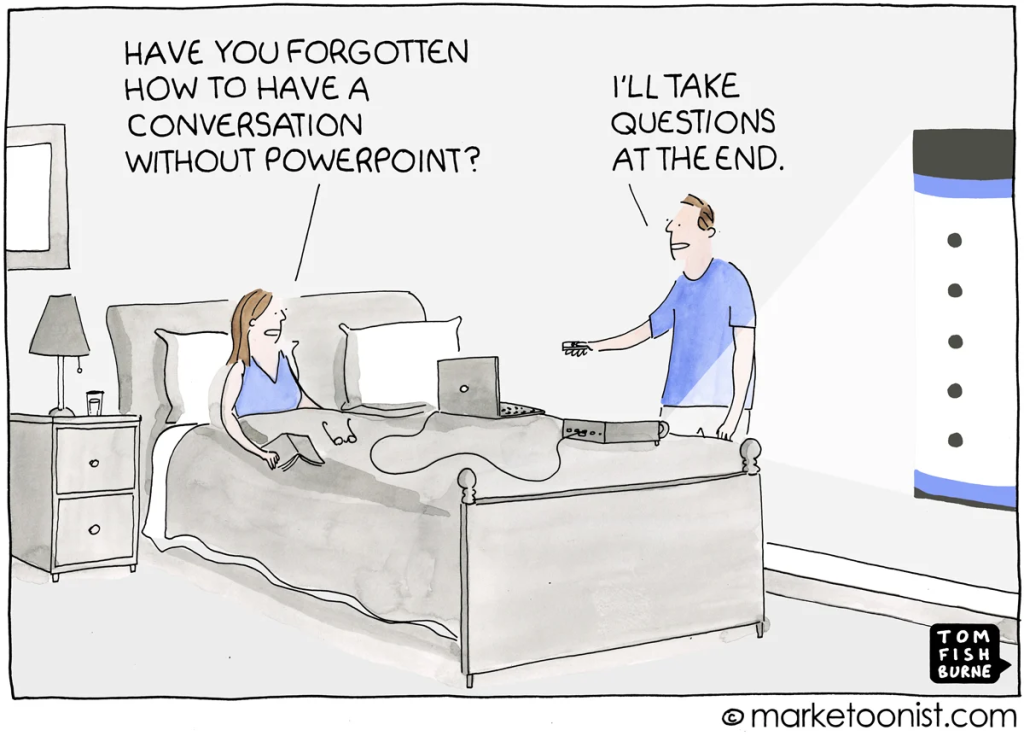
The second trait of effective BIM professionals is having great interpersonal skills, otherwise known as soft skills or people skills. In simple terms, having interpersonal skills mean being good at interacting with others. In BIM-terms much like in general terms, this means communicating effectively verbally, orally and bodily, listening to others actively, working in a team and motivating it, being patient, having empathy, taking responsibility, de-escalating issues, resolving disputes, among others. (Source: Indeed Career Guide) A concrete example is actively listening to your team’s pain points (and addressing/resolving them later).
Now, this trait is much less common in BIM professionals, as it takes a certain type of individual to garner or develop such people skills. This begs the following interesting question: “Are soft skills inborn or made?” In other words, are we born with people skills, or is it something that we must develop from scratch? According to Robert Tanner from the National Air Transport Association, “The truth is that both views are correct. Some individuals are naturally better at working with people. They excel at getting the best out of people. It is also true, however, that we can improve our people skills with time and effort. Lacking people skills does not mean we cannot develop them.” (Source: Business Consulting Solutions)
Either way, an effective BIM professional must have interpersonal skills to deal with teammates, clients and consultants, report to management, lead teams and interact with the world. In my experience, this trait is very underrated in the industry, and many firms do not emphasize it enough or always seek it in their list of desired qualifications for BIM professionals.
IMPORTANT NOTE - The lack of this trait in a BIM professional is not sustainable for a firm; the issues that arise can be buried for only so long that they will explode one day, in the form of a sudden resignation, a layoff or dismissal of that professional. In case this doesn’t happen, the lack of interpersonal skills by a BIM professional can definitely be a contributing factor to human resource attrition (i.e. employees leaving the company) due to bad experiences and interactions. Remember, employees don’t leave companies, they leave supervisors and colleagues!
Trait #3: Strategic outlook
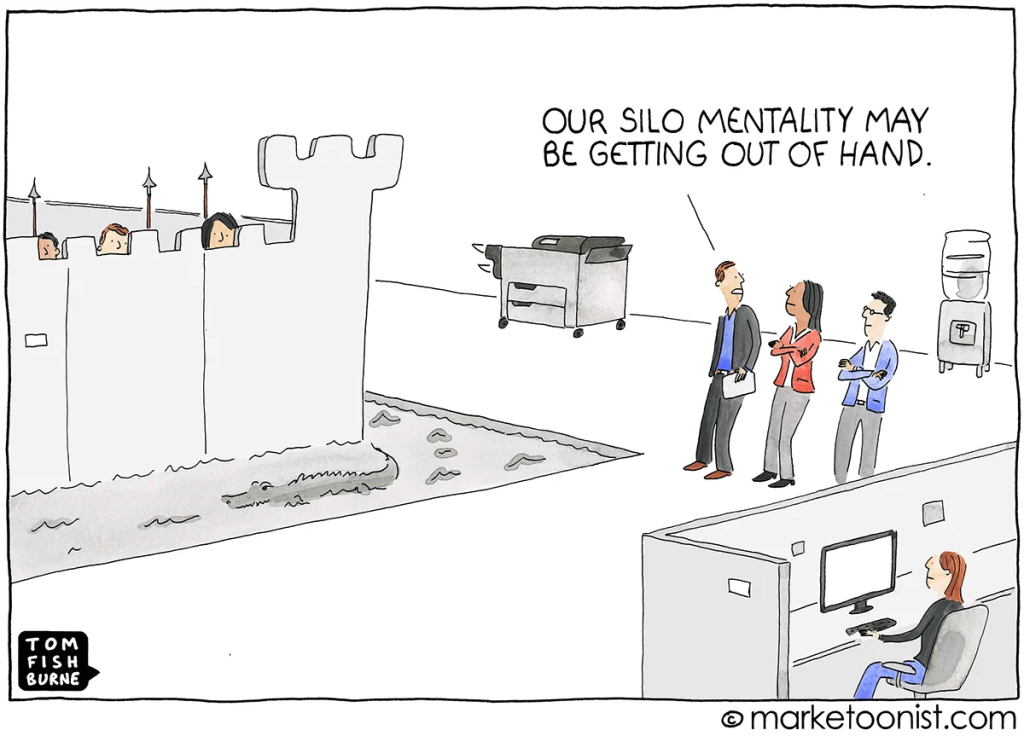
The third trait of effective BIM professionals is having a strategic outlook. In simple terms, having a strategic outlook means thinking and working strategically at a higher level. In BIM-terms, this means developing comprehensive, consolidated and relevant standards, digital assets and processes, addressing firmwide training, developing a knowledgebase, incorporating lessons learned on future projects, implementing and maintaining systematic quality control processes, etc. A concrete example is developing an internal eLearning solution for employee training.
Unfortunately, not many BIM professionals have this trait, and most focus on the projects they are involved in and the immediate issues at hand, without solving the root cause of the issue or addressing it in a systematic way. Furthermore, I believe that any professional can have the ability to have a strategic outlook, but some are more natural at it than others. It is definitely rooted in the individual’s personality, as this concept exists in all aspects of life (including graduation, marriage, home ownership).
IMPORTANT NOTE - The lack of this trait in a BIM professional can make the difference between a bread-and-butter firm and an industry spearhead firm on the short and medium term; the lack or weakness of a strategic outlook will not kill the firm on those terms. However, it can definitely affect the fate of a firm adversely on the long term, especially if the BIM professional yields great power and influence with the firm’s key stakeholders; this fate can consist of a shutdown, an acquisition or a merger. To me personally, it’s very simple: evolve or die.
Tarek’s top 5 nightmare BIM professionals
Now that we discussed the 3 traits of effective BIM professionals, allow me to share with you the top 5 nightmare professionals one can encounter in BIM. And by that, I mean professionals in the BIM field that are a nightmare to work with, report to or have to deal with externally.
Nightmare BIM Professional #1: The Incompetent
This nightmare professional is one that is not technically or technologically qualified for the job. This professional usually doesn’t recognize this shortcoming, but it becomes very evident very fast when working on projects. It’s a nightmare to deal with such a professional because you have to explain everything you talk about, argue about non-issues and involve more people to solve basic problems, to name a few rollercoaster rides you have to ride on to do your job.
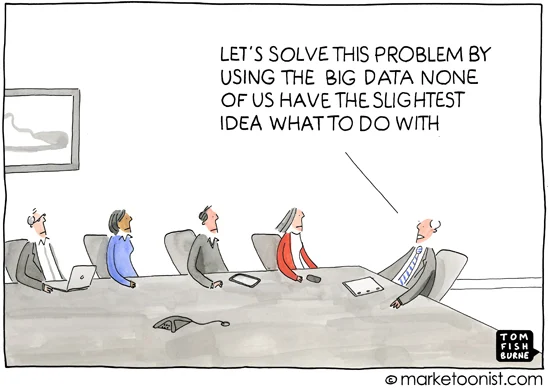
Nightmare BIM Professional #2: The Narcissist
This nightmare professional is one that is too self-important, too self-centered and has an overinflated view of himself. This professional is usually overconfident in a bad way and has a more autocratic style of leadership. It’s a nightmare to deal with such a professional because he usually doesn’t give credit to other people, steals their ideas and claims it as his own, claims victories and delegates defeats, doesn’t listen to other influencers and stakeholders, and thinks he’s always right.
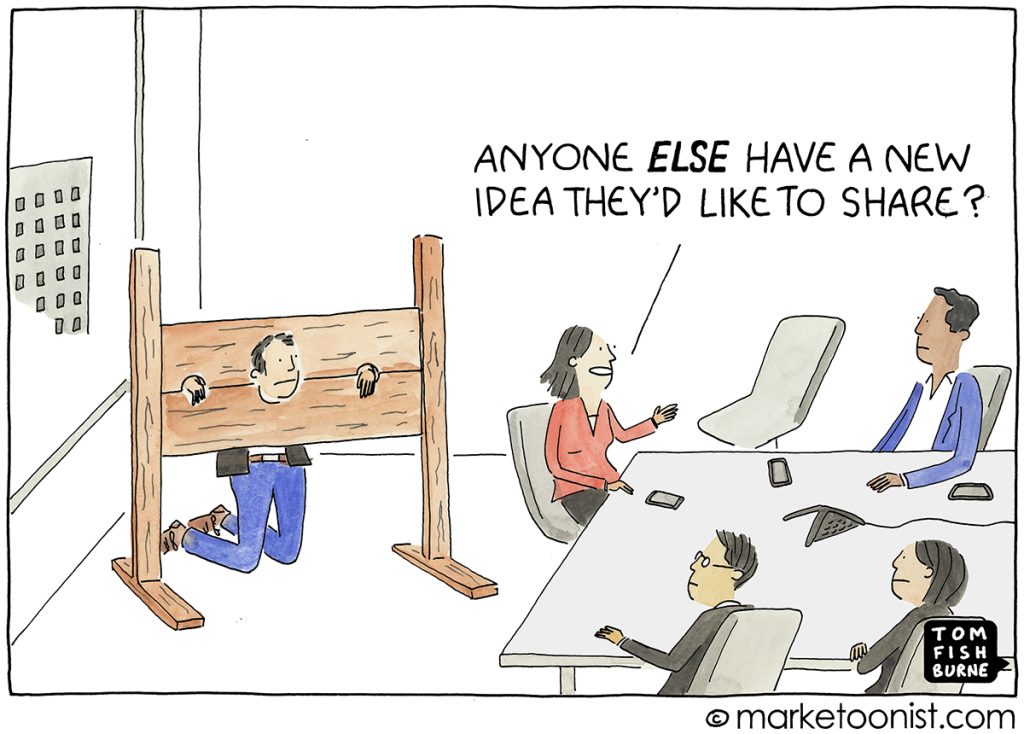
Nightmare BIM Professional #3: The Clumsy
This nightmare professional is one that is not organized or structured. This professional is usually all over the place in his head, on projects and in the medium-long term, with no clear standards and processes. And although work may be completed, it is often done in chaos, or “organized chaos” with far greater stress that what it ought to be. It’s a nightmare to deal with such a professional because you don’t have clear expectations, you’re not given clear instructions, there is no structure, order or organization, and there is always misunderstanding that leads to loss and repeat of effort, as well as frustration.
Nightmare BIM Professional #4: The Myope
This nightmare professional is one that is nearsighted and doesn’t see beyond his project, projects or office. This professional usually has a very myopic outlook with immediate and local results and doesn’t create solutions on a bigger scale than what he has to deal with. It’s a nightmare to deal with such a professional because you will always have recurring problems, you develop temporary or local fixes mostly, you have trouble explaining the benefits of thinking at a macro level, and you meet resistance to sharing solutions at a larger scale.
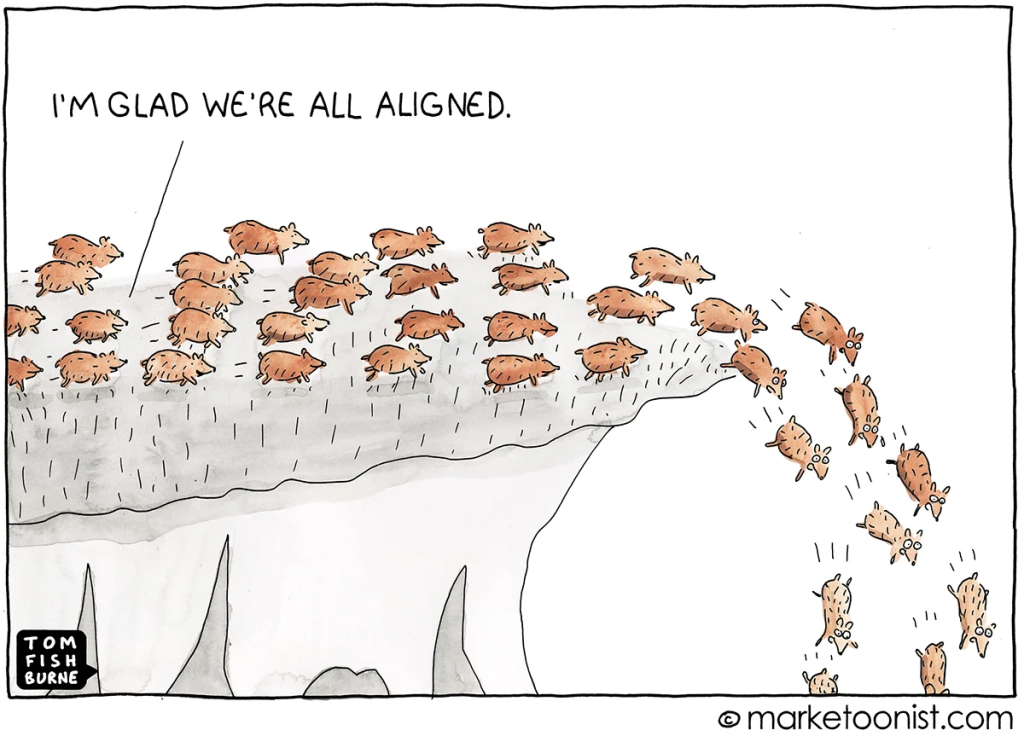
Nightmare BIM Professional #5: The Introvert
This nightmare professional is one that is an introvert and not a people’s person. This professional usually doesn’t have high emotional intelligence, doesn’t know how to deal with people (no or little soft skills), is technically very competent, takes things personally and paints the world in a black or white shade (almost no shades of grey). It’s a nightmare to deal with such a professional because you have to approach all topics from a specific angle so as not to be misinterpreted, you have to push him to deal with people and assume leadership, you have to limit his interactions with external parties (i.e. clients or consultants) and you have to do damage control in case any interactions derailed.
The reality check
Due to the evolving nature of our reality, we keep getting checked by new circumstances. One major change over the last few years was the move by most technology companies to the cloud along with a subscription-based business model, which naturally presents its opportunities and threats. BIM professionals have to rely on their tech savviness and their strategic outlook to constantly adjust and evolve their current setups, practices and risk tolerances.
Furthermore, another major change over the last year or so was the work-from-home business model due to COVID-19, which forced companies to head in uncharted directions, for better or for worse. BIM professionals have to rely on all their 3 traits in this case to adjust to the new reality to do their job.
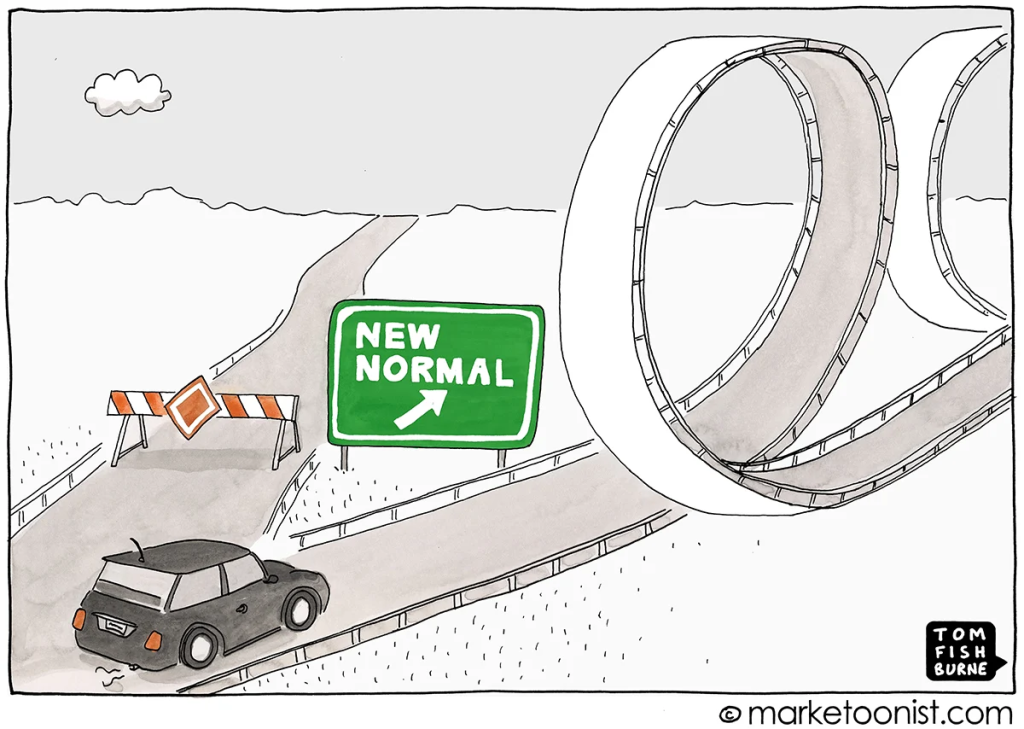
In light of such developments and other factors, BIM professionals face greater challenges in achieving BIM effectiveness as it pertains to the 4 measures defined in this article; as a reminder, they are the adoption of BIM mentality, the adoption of BIM operationally, the adoption of BIM strategically and change management/innovation. These trying times, more than ever, put a strain on BIM professionals to be ever more productive, effective and efficient; it is during such realities that the superstars will shine, and the less-than-average ones will fade into the background.
The important lesson here for everyone involved, including professionals and firms, is not to lose sight or put on hold strategic BIM plans due to these changes. We all must learn to work with these new parameters and adjust to a new normal.
Final thoughts
This article was a handful to think about and write because it is such an interesting and important topic for me. Throughout my career, I met BIM professionals at all levels and in different capacities, working on different kinds of projects and representing different stakeholders. And every time I meet new BIM professionals to this day, I think about the 3 traits discussed in this article. The easiest one to find out about is the trait about interpersonal skills since all interactions start with a conversation.
I remember when I first graduated from Concordia University in 2010 and got interviewed by a few companies and recruiters in Montreal. My impression was that the mentality back then was putting less emphasis on tech savviness, and more on reliability, soft skills, ability to adapt, ability to learn new things, and so on. As one recruiter put it to me, “Forget everything you’ve learned at school, we’ll teach you all over again. We just want to make sure you’re the right fit as a person.” The positions were entry-level however, which makes a difference.
Since that time, I find that most firms I have dealt with over the years as an employee or a consultant in Canada and the US put a huge emphasis on the tech savviness trait, with less regard for interpersonal skills or strategic outlook. Understandably, what they are ultimately seeking is someone that can not only do the job, but do it well. However, as the current reality sets in and new ones emerge, the real talent battle for effective BIM professionals, in my opinion, will be centered around the capacity of such professionals to have a strategic outlook and great interpersonal skills.
As the current reality sets in and new ones emerge, the real talent battle for effective BIM professionals, in my opinion, will be centered around the capacity of such professionals to have a strategic outlook and great interpersonal skills.
Tarek Ghazzaoui, Eng.
Senior BIM Manager
The future is promising for the architecture, engineering, construction and operation industries in the world, and we must seize the opportunities that lie ahead. And what better way to do so by hiring, retaining and nurturing effective BIM professionals, and helping them acquire and develop tech savviness, interpersonal skills and strategic outlook.
Thank you for taking the time to read my blog article and I’ll see you again soon.

Tarek Ghazzaoui, Eng.
Senior BIM Manager
Share now!
Resources
None.
Works cited
Google Search, Google, “effectiveness”.
“Interpersonal Skills: Definitions and Examples.” Indeed Career Guide, www.indeed.com/career-advice/resumes-cover-letters/interpersonal-skills.
Tanner, Robert. “People Skills – Are They Inborn or Made?” Business Consulting Solutions LLC, 2009, http://www.nata.aero/data/files/nata%20news/peopleskills.pdf
About the author

Tarek Ghazzaoui, Eng. (senior BIM manager)
- articles by Tarek, effective bim professionals, featured, interpersonal skills, soft skills, strategic outlook, tech savviness, traits
